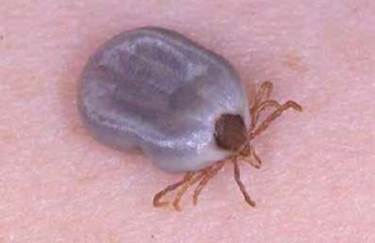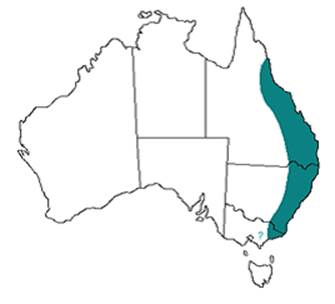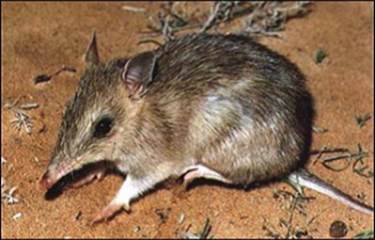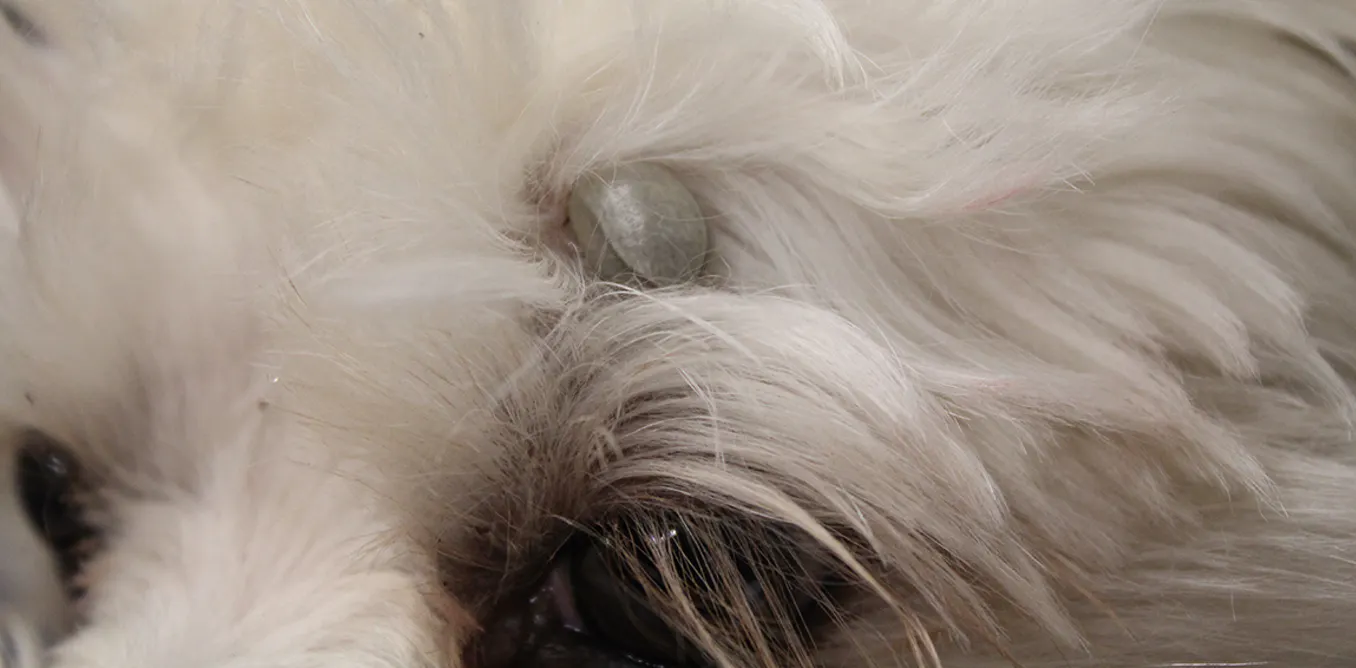
The notorious paralysis tick is commonly known as the Australian paralysis tick because it occurs prevalently in Australia. Ticks consist of around 75 species and paralysis tick i.e. Ixodes holocyclus is just one amongst them.
As such, different ticks cause different diseases in their hosts, but paralysis tick causes dangerous paralysis by injecting neurotoxins which can even cause the host to die. It is therefore very important to start paralysis tick treatment as soon as the tick is found.

Paralysis tick is prevalent in a 20-kilometre wide band bordering the eastern shoreline of Australia. Therefore humans and their pets living in this zone are the most vulnerable to the attack of this dangerous parasite.
To make the condition worse, this region contains some of the most densely populated localities of Australia so humans, livestock and pets falling prey to paralysis tick is quite common here.
To make the condition worse, this region contains some of the most densely populated localities of Australia so humans, livestock and pets falling prey to paralysis tick is quite common here.
Paralysis ticks occur in several types of habitats, but are most commonly found in high rainfall areas like temperate rainforest and wet sclerophyll forest. Wild animals like koalas, possums, kangaroos and bandicoots are natural hosts of these parasites.
Because of the continuous exposure to paralysis tick, these animals become immune to the parasite. On the other hand, wasps and insectivorous birds are natural predators of this nasty creature.

The bandicoot – a natural host of the paralysis tick 
The possum – a natural host of the paralysis tick
How to Distinguish between Paralysis Tick and Other Ticks
Though all ticks are dangerous in some or the other way, a paralysis tick is the most dangerous because it kills! Therefore it is important that you should know how to differentiate it from other ticks. There are two prominent features of paralysis tick from which you can do that. These are:
- Out of the four pairs of legs of the paralysis tick, the first and the last pairs are noticeably darker than the two middle pairs
- The anal groove of this tick makes a complete, slightly pear-shaped oval shape around its anus (that’s why the name holocyclus, which means “complete circle”)
Paralysis Tick Bite
When a human is bitten by a paralysis tick, an itchy lump occurs at the site of the bite which lasts for many weeks. Most of the times, it is uneventful (in humans); however, sometimes it can cause dangerous effects like serious allergic reactions, tick-transmitted ailments like Rickettsial Spotted Fever (Queensland tick typhus) and even tick paralysis. Allergic reactions can vary from mild to severe, including intense itching and discomfort.
In the case of domestic animals, around 100,000 of them are affected annually by paralysis tick.
Pets in Australia’s East Coast areas commonly fall prey to tick paralysis. When the parasite gets attached to the pet’s skin, it shows its effects in about 3 days to 2 weeks. This depends on temperature, i.e. if the climate is warm, the feeding process of the parasite speeds up and effects start showing within a short time, while in colder climates, feeding process slows down and symptoms may take as many as 2 weeks to be seen. Moreover, dogs show symptoms rarely till the adult female tick engorges to at least 4 mm of width.
You should visit your vet as soon as symptoms show, because if left untreated, it can kill the pet. The toxins cause paralysis of skeletal muscles, respiratory muscles, laryngeal muscles, esophageal muscles and heart muscles.
How does Paralysis Tick Cause Paralysis?
The toxin secreted by paralysis tick is supposed to hamper the secretion of acetylcholine because of which paralysis takes place.
The most recent study has found three different toxins of paralysis tick. All of them were found to paralyse hind limbs in baby mice.
Harlene Truong works as a content writer for Gordon Vet, a West Lindfield vet clinic. She is an animal lover, a pet parent and a mother of three children living happily with her husband.





